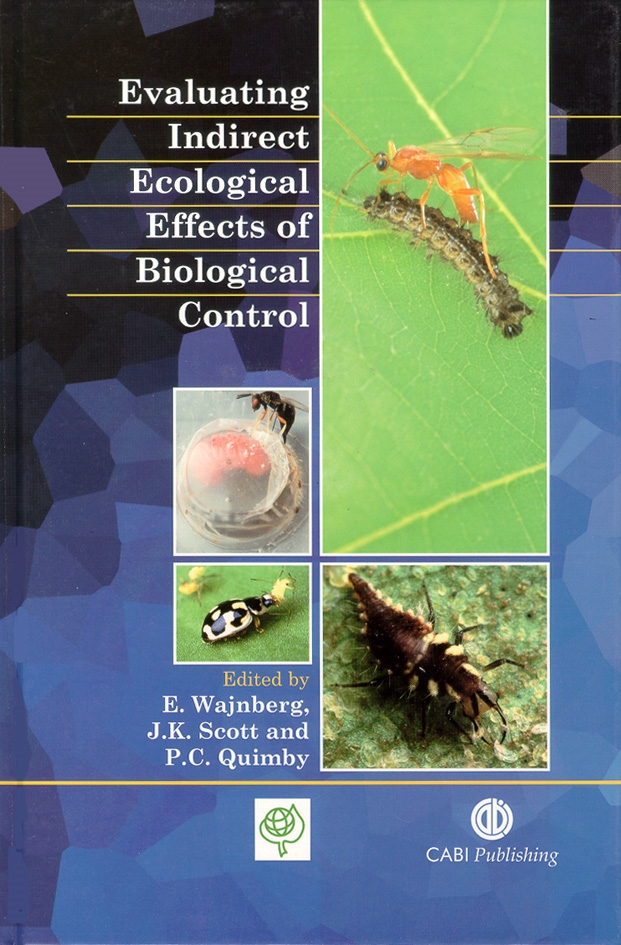What Does Eco Bed Bug Exterminators Dc Mean?
What Does Eco Bed Bug Exterminators Dc Mean?
Blog Article
The smart Trick of Eco Bed Bug Exterminators Dc That Nobody is Talking About
Table of ContentsEco Bed Bug Exterminators Dc Can Be Fun For EveryoneOur Eco Bed Bug Exterminators Dc DiariesThe Greatest Guide To Eco Bed Bug Exterminators DcThe 10-Minute Rule for Eco Bed Bug Exterminators DcHow Eco Bed Bug Exterminators Dc can Save You Time, Stress, and Money.
Because chemicals are poisonous, they are also potentially hazardous to humans, pets, other organisms, and the environment. Therefore, individuals who use chemicals or regularly can be found in call with them must understand the family member toxicity, possible wellness results, and preventative actions to minimize exposure to the products they utilize. Risk, or risk, of making use of chemicals is the possibility for injury, or the degree of threat entailed in using a chemical under a provided collection of problems.
Nonetheless, applicators can lessen or nearly remove direct exposure-- and therefore minimize risk-- by complying with the label instructions, making use of individual safety garments and devices (PPE), and managing the chemical appropriately. More than 95 percent of all chemical direct exposures come from dermal direct exposure, mainly to the hands and lower arms. By wearing a pair of unlined, chemical-resistant handwear covers, this kind of exposure can be nearly removed.
The harmful impacts that occur from a solitary exposure by any course of access are labelled "intense impacts." The 4 paths of direct exposure are dermal (skin), breathing (lungs), oral (mouth), and the eyes. Intense toxicity is determined by taking a look at the facial poisoning, inhalation poisoning, and oral toxicity of guinea pig.
The Eco Bed Bug Exterminators Dc PDFs
Severe poisoning is measured as the amount or concentration of a toxicant-- the a.i.-- needed to eliminate half of the pets in an examination populace. This action is usually revealed as the LD50 (deadly dose 50) or the LC50 (lethal concentration 50). Additionally, the LD50 and LC50 values are based on a single dose and are taped in milligrams of chemical per kg of body weight (mg/kg) of the guinea pig or partially per million (ppm).
The lower the LD50 or LC50 worth of a pesticide product, the greater its poisoning to human beings and pets. Chemicals with a high LD50 are the least harmful to people if made use of according to the directions on the product label. The persistent toxicity of a pesticide is figured out by subjecting guinea pig to long-term direct exposure to the active ingredient.
The persistent toxicity of a pesticide is a lot more hard than acute toxicity to figure out through laboratory analysis. Products are categorized on the basis of their relative severe toxicity (their LD50 or LC50 values). Pesticides that are classified as extremely poisonous (Poisoning Category I) on the basis of either oral, facial, or inhalation toxicity should have the signal words DANGER and toxin printed in red with a skull and crossbones sign plainly presented on the front panel of the package label.
The acute (single dose) oral LD50 for chemical products in this team ranges from a trace total up to 50 mg/kg. Direct exposure of a few declines of a product taken orally might be fatal to a 150-pound individual. https://penzu.com/p/d6e0d2d8c831e4de. Some pesticide products have just the signal word risk, which tells you absolutely nothing regarding the intense toxicity, simply that the item can trigger serious eye damage or extreme skin inflammation
Not known Facts About Eco Bed Bug Exterminators Dc
In this category, the intense oral LD50 ranges from 50 to 500 mg/kg. A tsp to an ounce of this material can be fatal to a 150-pound individual (bed bug heat treatment). Pesticide items categorized as either a little poisonous or reasonably nontoxic (Toxicity Classifications III and IV) are required to have the signal word care on the chemical label

All chemical poisoning worths, consisting of the LD50, can be discovered on the link item's Material Security Data Sheet (MSDS) - exterminator near me. Chemical tags and MSDS can be acquired from stores or manufactures. In addition, the majority of items additionally know that can be located online. The signs and symptoms of chemical poisoning can vary from a mild skin irritation to coma and even death.
Since of potential health issues, pesticide customers and trainers should recognize the usual indicators and signs of pesticide poisoning. The effects, or signs and symptoms, of pesticide poisoning can be broadly specified as either topical or systemic.
Eco Bed Bug Exterminators Dc Things To Know Before You Get This
Dermatitis, or inflammation of the skin, is accepted as the most generally reported topical effect connected with pesticide exposure. Some people have a tendency to cough, wheeze, or sneeze when subjected to chemical sprays.
This symptom normally subsides within a few minutes after a person is removed from the direct exposure to the toxic irritant. Nonetheless, a reaction to a chemical item that triggers a person not just to sneeze and cough however additionally to create serious acute respiratory system signs and symptoms is most likely to be a true hypersensitivity or sensitive response.
Systemic impacts are rather various from topical results. They commonly happen away from the original factor of call as a result of the pesticide being absorbed right into and dispersed throughout the body. Systemic impacts commonly include nausea or vomiting, vomiting, exhaustion, migraine, and intestinal tract conditions. In advanced poisoning instances, the individual may experience adjustments in heart rate, difficulty breathing, convulsions, and coma, which can cause death.
Report this page